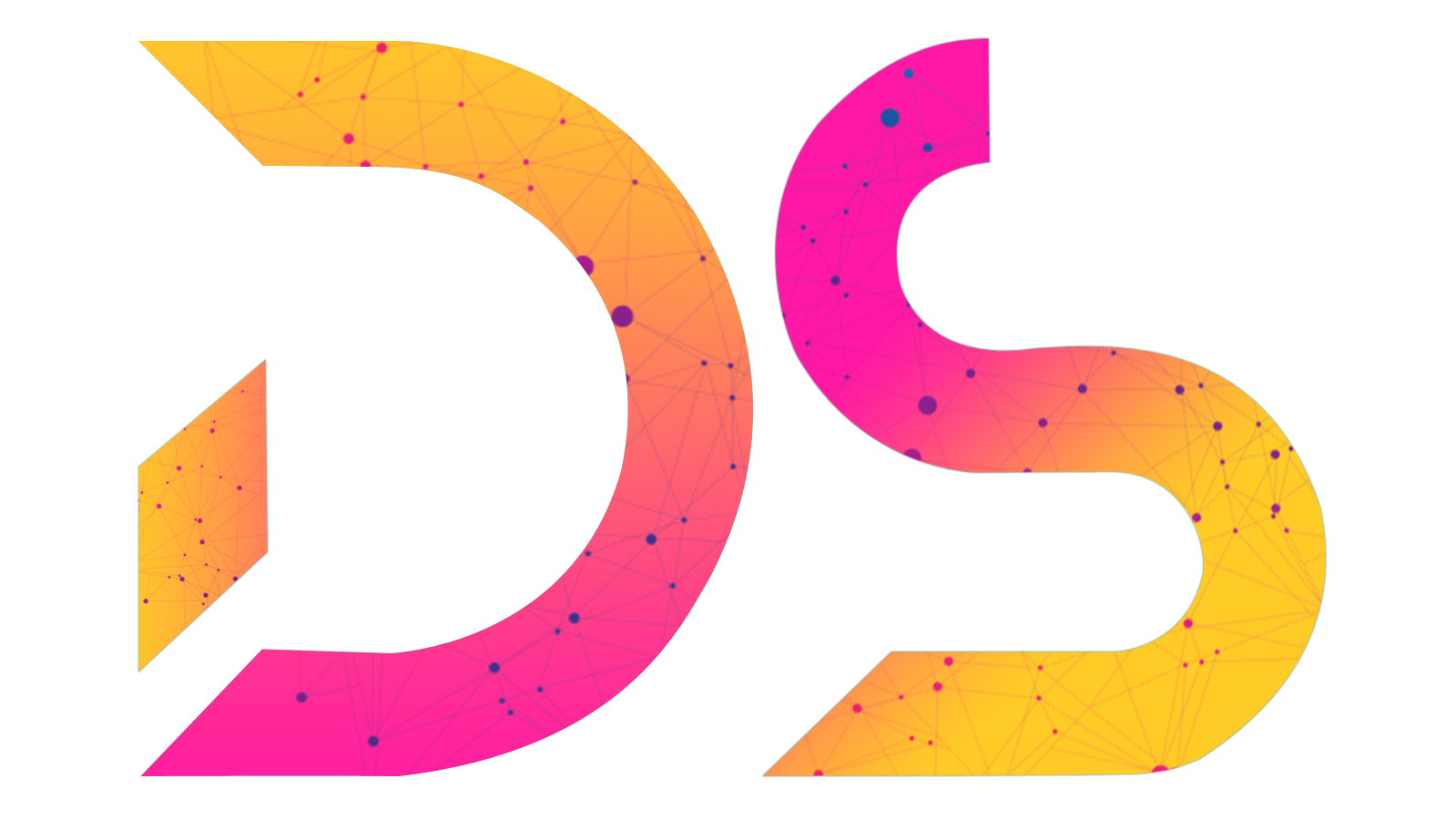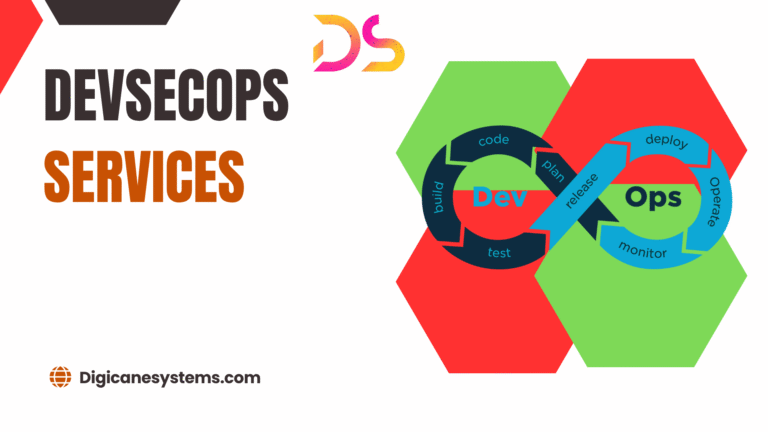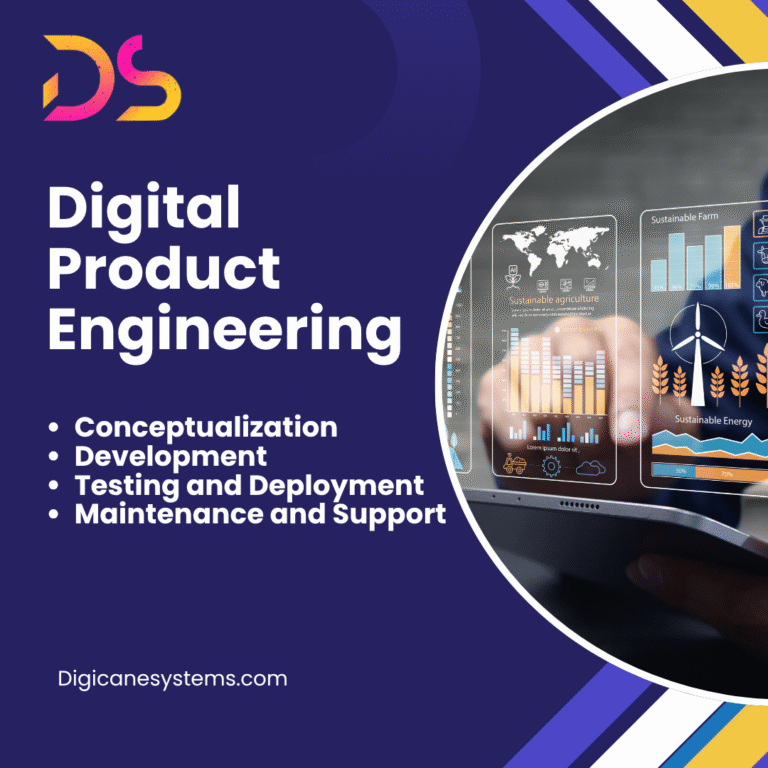DevSecOps: Security Across the Development Lifecycle
Security Across the Development Lifecycle
DevSecOps is a new way of building software. It puts security in every stage of the DevOps lifecycle. Applications should be safe, fast and reliable. Unlike traditional models, DevSecOps puts security in from the start not at the end. This proactive approach reduces risk and saves time.
Organizations that adopt DevSecOps get better compliance and fewer vulnerabilities. Security is everyone’s responsibility not just the security team. It’s development, operations and security all in one process. DevSecOps is not just a toolset. It’s a cultural shift that aligns with agile.
Why DevSecOps Matters More Than Ever
Businesses are under constant attack from cyber threats. Traditional security practices delay software delivery. They check for vulnerabilities after development which is costly and risky. DevSecOps solves this by putting checks early in the cycle.
It ensures continuous compliance with regulations like GDPR and HIPAA. Security teams work closely with developers and operations. This collaboration means faster releases and better protection. DevSecOps also reduces the cost of fixing issues later in the process.
Companies like digicanesystems.com promote this approach to create secure digital environments. By shifting left, businesses identify and fix issues before they grow.

Core Principles of DevSecOps
DevSecOps has a few key principles. First is shift-left security. This means security in the planning stage. Second is automation. Tools are used to scan code, dependencies and infrastructure.
Collaboration is also key. Developers, security and operations work as one team. Threat modeling helps identify and reduce risks early. Continuous monitoring ensures systems stay secure after deployment.
By following these principles teams can build resilient and compliant applications. It’s easier to maintain transparency, accountability and security throughout.
DevSecOps vs Traditional Security
Traditional security happens at the end of the software lifecycle. It creates delays and often misses early threats. DevSecOps puts security in from the start. It makes the entire development pipeline secure.
In a DevSecOps model automated security testing is a daily task. Developers use tools that catch issues in real time. The feedback loop is faster and the quality improves.
This integration means a secure software development lifecycle. It also means team agility and product quality without compromising security.
The DevSecOps PipelineThe DevSecOps pipeline has several stages. Planning, coding, building, testing, releasing, deploying and operating. At each stage security tools run in the background.
During coding tools scan for code vulnerabilities. During testing systems check dependencies with tools like Snyk. During deployment container security tools check configurations. Monitoring tools then watch for real time threats.
Every stage is automated so human error is reduced. This continuous build-test-release-monitor loop creates secure and scalable systems.
Tools That Power DevSecOps
Many tools support DevSecOps. Some focus on code analysis, others on runtime protection. Popular code analyzers include SonarQube and Checkmarx. Tools like OWASP Dependency-Check scan third-party libraries.
Infrastructure as code security tools like Terraform help configure secure environments. Jenkins and GitLab handle CI/CD automation. Container security is managed by tools like Aqua and Twistlock.
Choosing the right tools depends on your team size, project, and budget. Open-source tools offer a good start, while enterprises may choose advanced paid solutions.
Challenges in DevSecOps Adoption
Adopting DevSecOps is not without challenges. One major issue is the cultural shift. Developers may resist security practices if they slow down releases. Training teams on secure coding is essential.
Another issue is the CI/CD security integration. Some tools generate too many false positives. This overwhelms teams and slows development. It’s important to fine-tune tools for accuracy.
Limited resources and budget constraints can also affect adoption. Still, the benefits far outweigh the effort. With proper planning, DevSecOps becomes a long-term asset.
Compliance Through DevSecOps
Security and compliance often go hand in hand. DevSecOps ensures that all actions are logged and traceable. This supports audits and aligns with standards like ISO and NIST.
Using tools that enforce policy-as-code makes compliance automatic. Automated alerts help catch non-compliant behavior. This reduces the manual effort needed for reporting and verification.
Businesses that need to meet legal or industry standards benefit greatly. DevSecOps simplifies the process while keeping systems secure and agile.
Real-World Use Cases of DevSecOps
Many global firms now use DevSecOps to secure their operations. A leading bank integrated DevSecOps and reduced breach incidents by 40%. A healthcare startup used DevSecOps to achieve HIPAA compliance within weeks.
Retailers have also benefited. One e-commerce brand improved deployment speed and reduced vulnerabilities. These success stories show the practical benefits of secure-by-design strategies.
digicanesystems.com helps organizations build such systems tailored to their needs. This ensures that they remain both secure and competitive in dynamic markets.
Future of DevSecOps
The future of DevSecOps lies in intelligent automation. Tools are evolving to use AI for predictive threat detection. Teams will rely more on integrated platforms than scattered tools.
Cloud-native technologies like Kubernetes and serverless are reshaping security. DevSecOps will continue to evolve to meet these new environments. Zero trust models and real-time compliance tracking will become common.
As software delivery accelerates, security must keep up. DevSecOps is the key to this balance. It empowers teams to innovate securely and confidently.
Top 10 Frequently Asked Questions About DevSecOps
1. What is DevSecOps?
DevSecOps is the practice of integrating security into every phase of DevOps.
2. How is DevSecOps different from DevOps?
DevSecOps includes security as a shared responsibility. DevOps does not focus on it.
3. Why is DevSecOps important?
It helps catch vulnerabilities early, saving time and cost.
4. What are DevSecOps tools?
Tools include SonarQube, Snyk, Terraform, Aqua, and Jenkins.
5. What is shift-left security?
It refers to applying security checks early in development.
6. How do I start with DevSecOps?
Begin with training, tool integration, and small pilot projects.
7. Can small teams use DevSecOps?
Yes. Start with open-source tools and build gradually.
8. How does DevSecOps help compliance?
It automates checks and maintains audit-ready logs.
9. What are the challenges of DevSecOps?
They include cultural resistance, false positives, and tool complexity.
10. Is DevSecOps future-ready?
Yes. It evolves with cloud, AI, and modern development trends.






